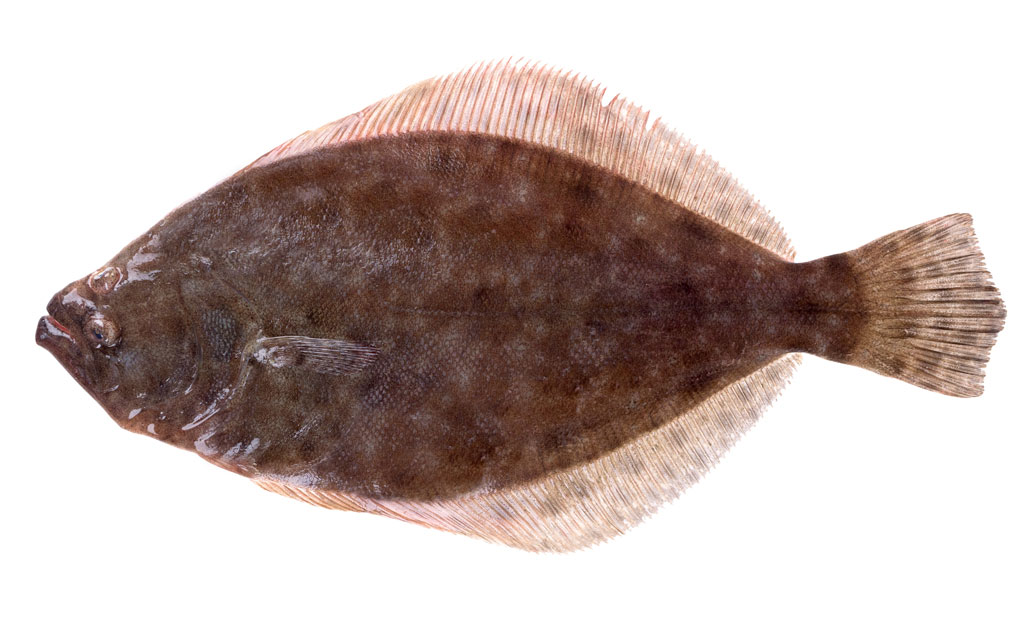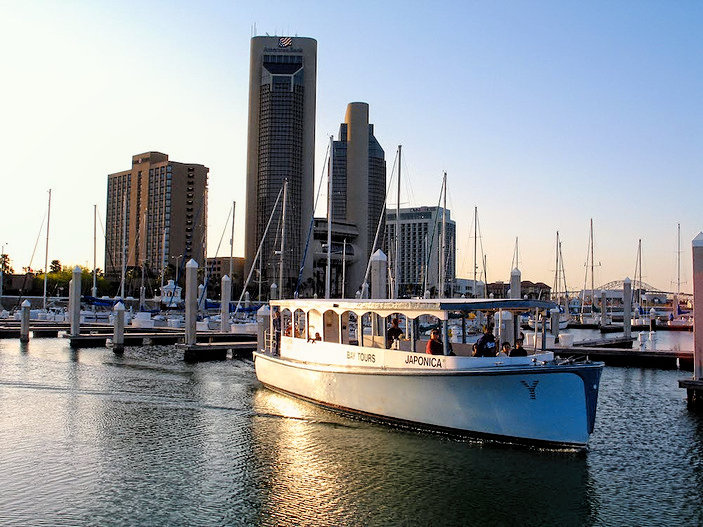
An aerial shot of the Cheniere Energy natural gas liquefaction plant as it neared completion in Gregory, near Corpus Christi. A grand opening is planned for Thursday, Nov. 15, at the plant. Texas Gov. Greg Abbott is expected to attend. Courtesy photo
A $10 billion liquefied natural gas plant under construction in Portland, just across from Port Corpus Christi, is 70 percent complete, according to owner Cheniere Energy. The company is the only exporter of LNG from the continental United States. Its plant in Sabine Pass, Louisiana, shipped its first load of the super-cooled gas vapor in February 2016.
Expected to be fully functional by early 2019, the Corpus Christi plant is comprised of a series of huge storage tanks called trains that supercool natural gas for transport on ships. The natural gas arrives via pipeline from the Permian Basin and Eagle Ford Shale plays. It must be turned into gas vapor for transportation by sea to foreign ports.
The two Texas shale plays should produce prolifically for at least another 86 years, according to another government estimate. That, along with a growing demand for LNG in Mexico and other countries, has established Port Corpus Christi as the top exporter of crude oil in the nation. The port exports about 316,000 barrels a day. That’s double its daily exports only a year ago.
Here’s how LNG works:
Natural gas vapor turns into a liquid when it is chilled to 260 degrees below zero. That liquid can be pumped aboard ships with specially designed holds to keep it under pressure and cold. The process condenses it to one-six hundredth of its gaseous state. Once it has reached its destination, the liquid is slowly warmed and converted back into natural gas for use on the retail level.
The cooling process removes impurities such as sulphur and carbon dioxide, making LNG a cleaner energy than coal or oil. As it becomes more available, and prices stabilize at a reasonable market rate for consumers, demand increases at home and around the world.
LNG exports have put the United States back in the energy game in a big way. Before the year’s end, the U.S. is predicted to become a net exporter of natural gas. In 2009, it became the world’s largest natural gas producer, surpassing Russia, according to the U.S. Energy Information Administration.
The Cheniere plant near Corpus Christi will certainly play a part in the country’s energy future, not to mention the local economy. Currently, 5,000 construction workers swarm the 1,000-acre site, building three of the planned five trains expected to produce up to 22.5 million tonnes per annum of LNG. Cheniere is now the biggest U.S. buyer of physical natural gas.





